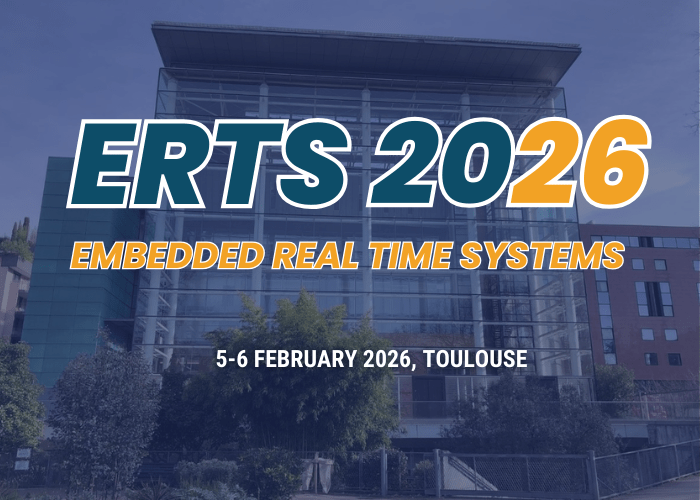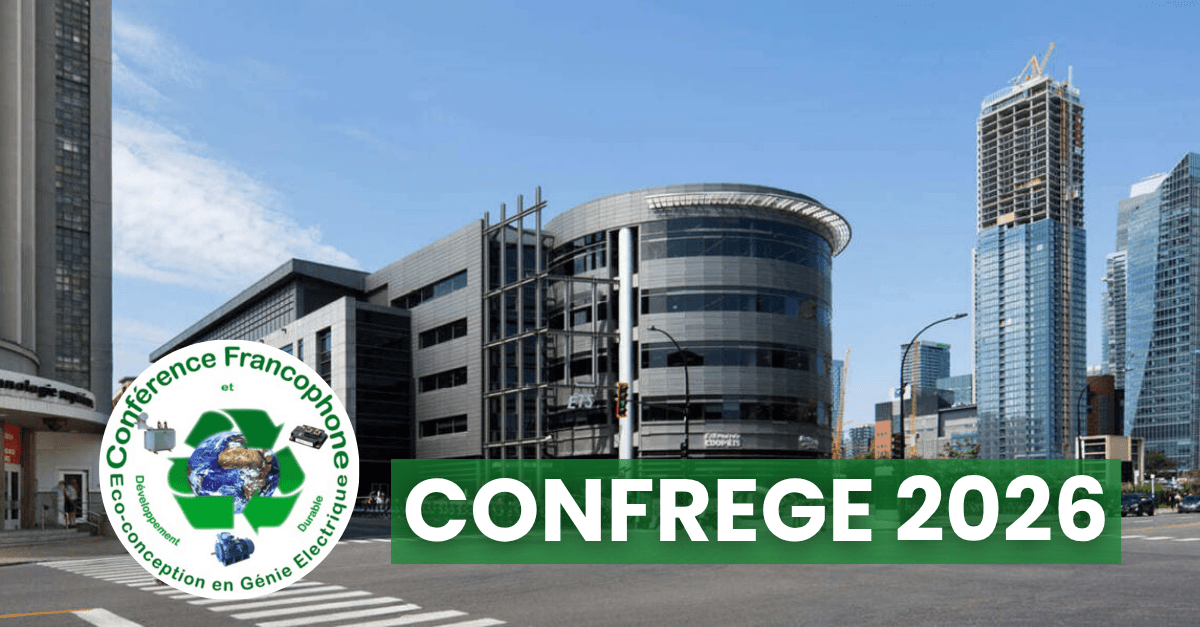Dernières Publications
Derniers articles
DOSSIER – Introduction : Les batteries, une composante majeure pour la transition énergétique et un défi pour l’industrie européenne
L’Europe est encore aujourd’hui le deuxième producteur mondial de voitures, derrière la Chine, mais devant les Etats Unis et le Japon. Cependant son savoir-faire, acquis pendant plus de 130 ans, dans le domaine de la conception et de l’industrialisation des moteurs thermiques, essence et diesel, risque de ne plus lui être utile dans l’avenir, avec le développement des voitures électriques.
DOSSIER – L’électrolyte des batteries lithium-ion
Le développement de nouvelles technologies impose de concevoir des électrolytes performants, économiques, non toxiques et recyclables. Les électrolytes polymères solides apparaissent comme des solutions prometteuses
DOSSIER – Technologie, enjeux et compétences des batteries pour véhicules électriques
Le véhicule électrique repose sur un système de stockage d’énergie électrochimique – la batterie – dont les attributs en termes de performance, de coût et de durabilité conditionnent la viabilité économique, l’acceptabilité par les utilisateurs et l’empreinte environnementale de cette mutation technologique.



